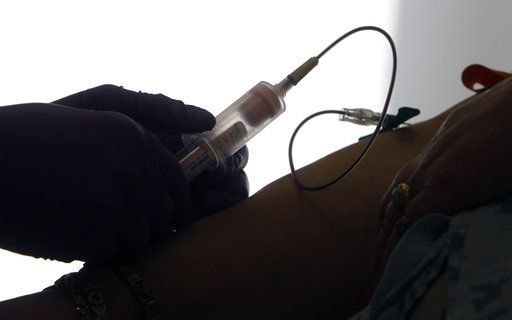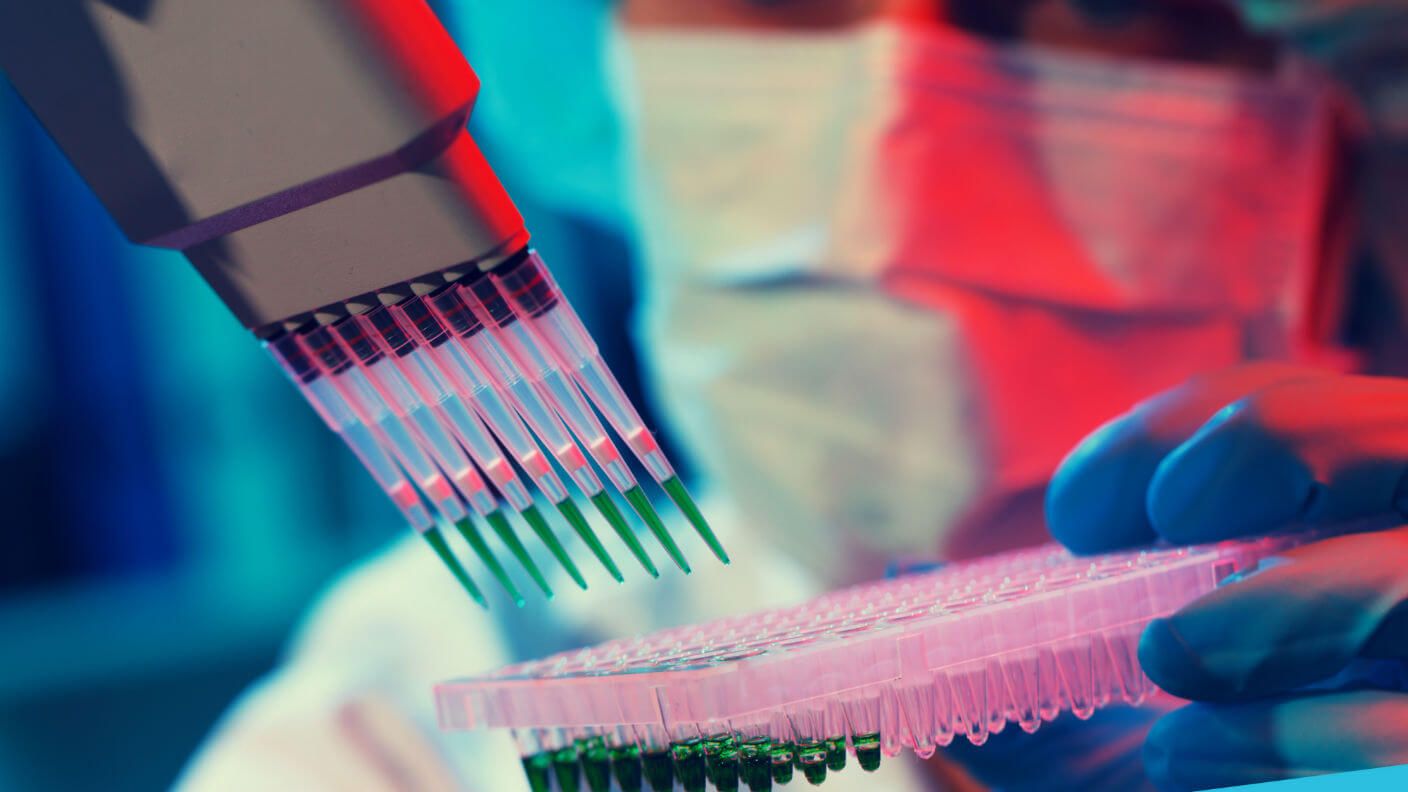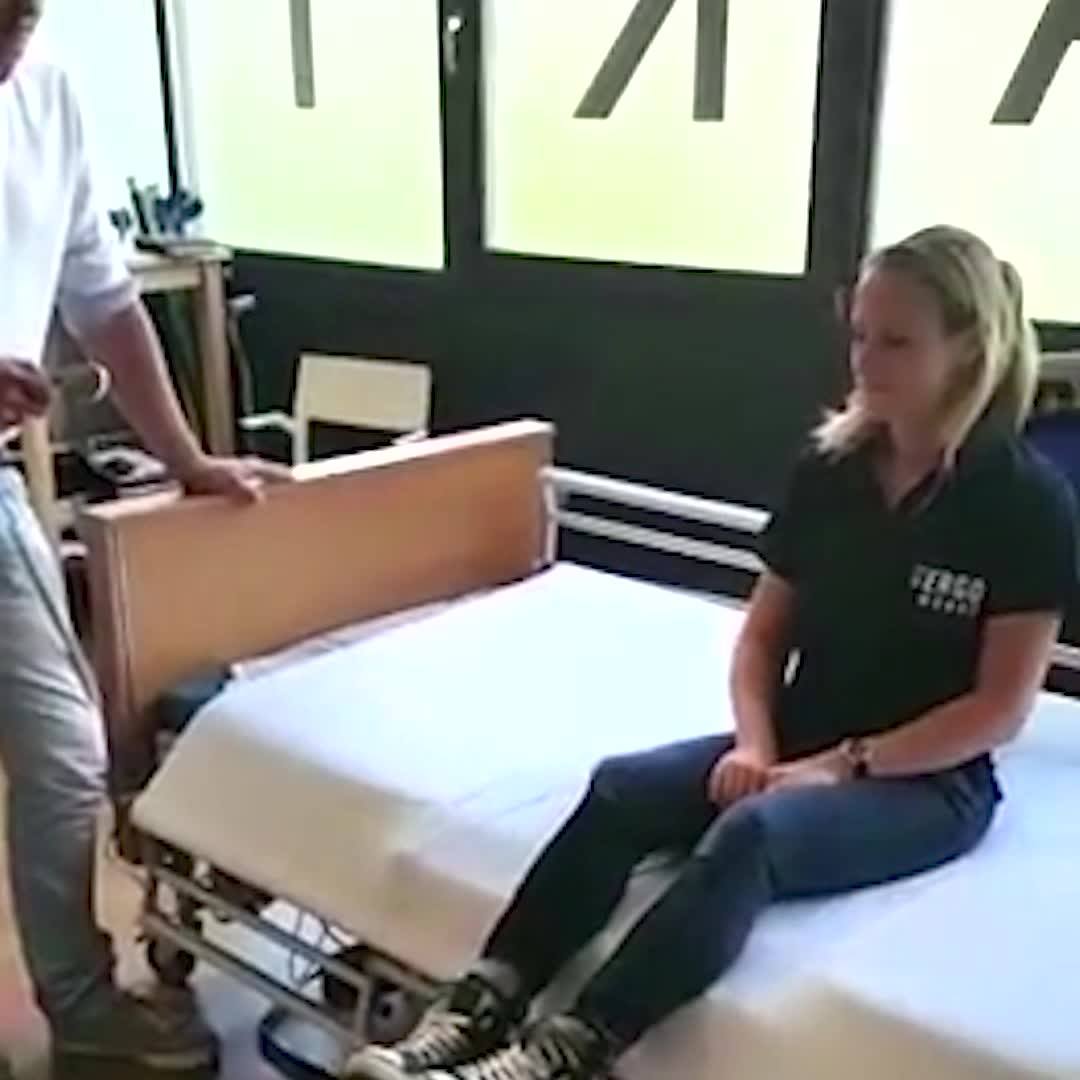https://blogs.scientificamerican.com/observations/what-ameri…hnologies/
https://www.weforum.org/communities/the-future-of-human-enhancement


Treating the diseases of ageing requires rethinking of our approach to treating disease. Rather than a “whack-a-mole” strategy going after individual conditions, a concerted medical effort against ageing as a whole is in order.
Aging is something that we all share, rich or poor; it is something that happens to us all, and we are taught from a young age that it is inevitable. However, some scientists believe that aging is amenable to medical intervention and that such interventions could be the solution to preventing or reversing age-related diseases.
Academics are currently debating whether aging is natural or a pathological disease that we can treat.
In fact, there is now pressure from many academics to classify aging itself as a disease; indeed, doing so could potentially improve funding for aging research and help to speed up progress in finding solutions to age-related diseases.[1] The debate continues, but does it really matter if aging is classified as a disease, or is it largely a matter of semantics?


Researchers hope their new approach, which works well in lab animals, may save more lives.
These 3D-printed, artificial hearts could replace real hearts one day.

Over 85 percent of proteins in the body can’t be targeted with conventional chemical drugs. By working on the RNA responsible for problematic proteins, gene silencing opens up an enormous portion of the genome to intervention. If realized, a new class of drugs based on gene silencing could overhaul modern medicine.



An international team of researchers led by a group with deCODE Genetics, a biopharmaceutical company in Iceland, has partly recreated the DNA of a man who died in 1827, despite having no body to take tissue samples from. In their paper published in the journal Nature Genetics, the team describes reconstructing “a sizable portion” of the original DNA of the man by studying DNA samples from his descendants.
In a unique and interesting project, the team worked with genetic information from people living in Iceland to recreate the DNA of a man well known in that country due to his unique story. He was an escaped black slave who made his way to Iceland—a place where there were no other people of African descent. That made his DNA extremely unique. More importantly, the man, Hans Jonatan, was, as the story goes, “welcomed with open arms,” which meant he was able to marry a local woman and have children. Those children produced children of their own, who inherited part of Jonatan’s DNAdding to the story, Iceland just happens to have one of the most extensive genealogical databases in the world today—it includes data on over a third of the entire population of the country.
In this new effort, the researchers took advantage of the unique situation to find Jonatan’s descendants by narrowing an original pool of 788 descendants down to a manageable 182—each one of whom held one small piece of the puzzle in their genes. After much work, the team reports that they were able to use the pieces they found to recreate a large part of Jonatan’s DNA without using any tissue from him at all—the first time such a feat has ever been achieved. They were also able to trace some of Jonatan’s ancestry starting with his mother, an African slave on a plantation in St. Croix, which at the time of Jonatan’s birth was a Danish colony. They believe his father was a white European.

The lamprey looks about as different from a human as you can imagine. This fish has an eel-like, finless body, bulging eyes, and a circle of frankly horrifying teeth in place of a jaw, which some species use to latch onto other animals and suck their blood.
Yet these alien-looking creatures share something fairly extraordinary with humans: we both contain genes that, in the lamprey, allows it to repair broken spinal cords.
The discovery shows promise for medicine: if we could one day activate the same gene in humans, we could reverse spinal cord damage — even paralysis.